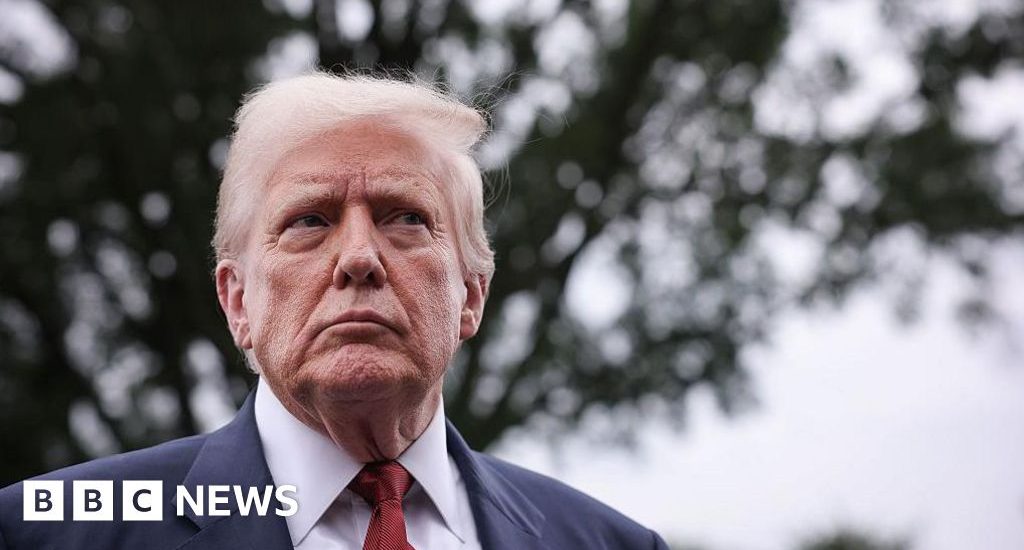- August 6, 2025
- Posted by: Regent Harbor Team
- Category: Global Economy

Contents
President Trump’s New Tariffs: An English Perspective
The Russian Conundrum
Despite being the world’s most sanctioned country, Russia continues to use its vast energy resources to support its war efforts in Ukraine. Moscow’s significant exports, primarily oil and gas, have China, India, and Turkey as paramount buyers. Shipments, however, have been dwindling this year, as noted by Bloomberg.
US President Donald Trump aims to change this scenario. He has declared sweeping new secondary tariffs targeting countries still trading with Russia unless a ceasefire with Ukraine is settled by Friday, 8 August.
Secondary Tariffs Explained
The secondary tariffs mean goods from any country trading with Russia will face a 100% tax upon entering the US. The intent? To make these goods unbearably costly, forcing nations to reconsider their trade links with Russia.
Potential Effects on Energy Prices
These tariffs could reduce Russian oil and gas flow into the global market, possibly raising energy prices. Kieran Tompkins from Capital Economics notes, “The key channel by which secondary tariffs on buyers of Russian energy could impact the global economy would be through the level of energy prices.”
Yet, there’s a twist. OPEC+ possesses significant spare capacity, potentially softening the tariff’s impact. Also, Russia’s evasive “shadow fleet” may conceal the origins of their oil and gas exports, thwarting sanctions.
Pricier iPhones from India
Since the 2022 invasion, India has emerged as the second-largest buyer of Russian oil, as detailed by the Centre for Research on Energy and Clean Air. Consequently, US companies importing from India would face a 100% tariff. This could lead to doubled prices for US consumers, notably on Apple’s iPhone production recently moving to India.
The Indian government calls out US double standards, citing Washington’s continued trade with Russia. Last year, US imports from India totalled just over $3 billion, mainly in raw materials like nuclear energy and fertilisers.
Derailing Trade Talks with China
China, Russia’s largest customer, poses a more formidable challenge. US imports from China far surpass those from India, representing a broader range of consumer goods. Tariffs here could destabilise the ongoing renegotiation of US-China trade relations. Trade expert Professor Simon Evenett remarks, “This type of over-escalation is unlikely to impress the Chinese,” given the close ties between President Xi and President Putin.
Further Harm to US-EU Commerce
The EU and Turkey still procure significant Russian energy, with the EU having been Russia’s primary export destination before 2022. Although Brussels aims to end Russian imports by 2027, recent agreements will see a 15% tariff on most EU exports to the US. Secondary sanctions could amplify these concerns, threatening pharmaceutical and machinery imports, although alternatives remain scarce.
Potential Russian Recession
Russia, exhibiting resilience, grew by 4.3% last year. However, Economy Minister Maxim Reshetnikov warns of an impending recession, with the IMF forecasting merely 0.9% growth this year. If effective, the secondary sanctions could further decrease export demand, edging Russia closer to recession.
With Putin allocating more resources to defence than ever, amid plunging oil and gas exports, Trump’s tariffs strive to assist Ukraine by curtailing Russia’s financial arsenal.
These moves reflect Trump’s strategy of using trade to settle wars, hoping to end the distress and destruction in Ukraine. While bold, the broader implications for global trade and diplomacy remain to be seen.
